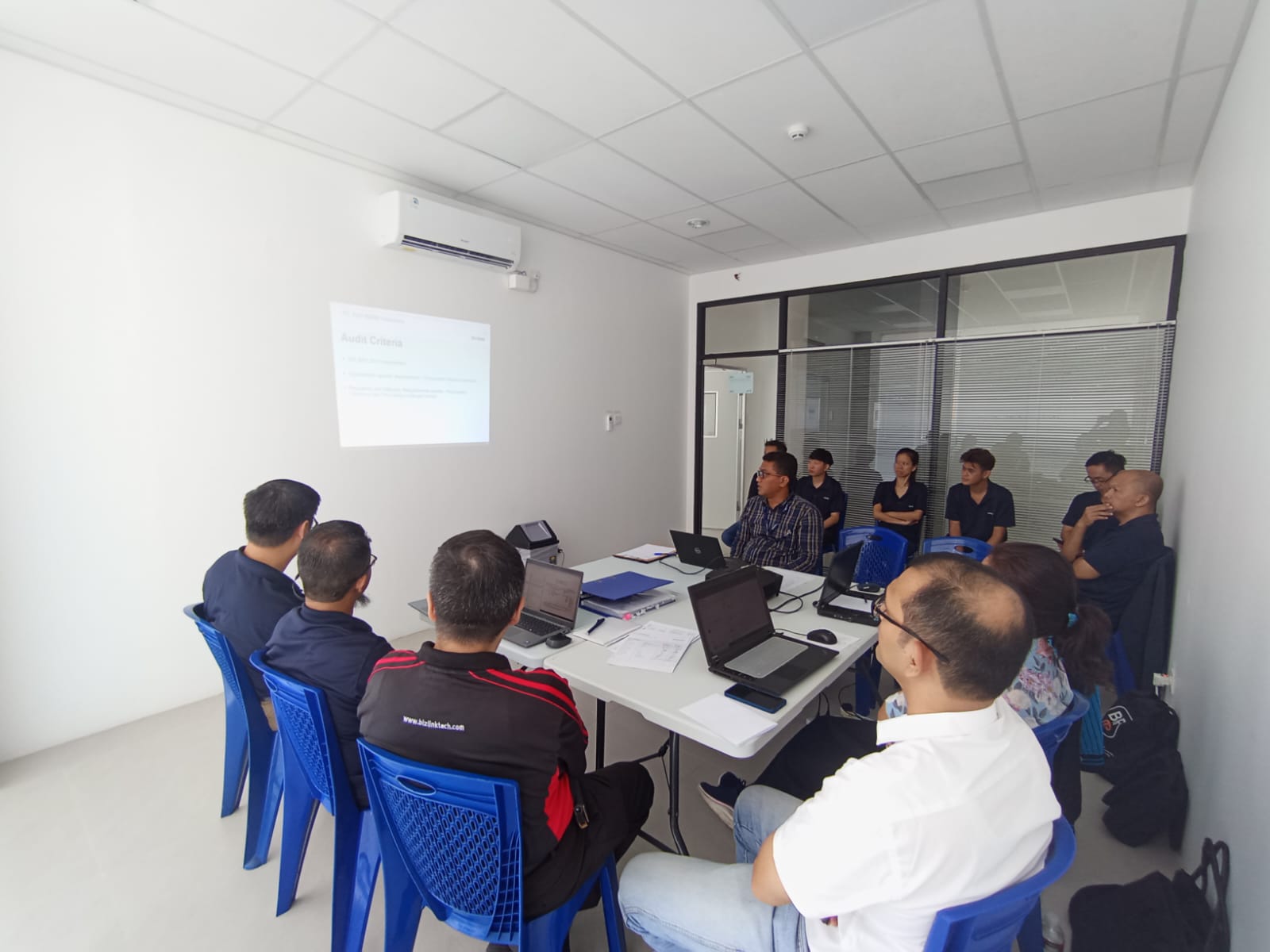What to Do If Your ISO Audit Fails (and How to Recover)
Failing an ISO audit is not the end—it’s an opportunity to improve. Many people see it as a fatal failure, whereas in reality, it is quite the opposite: it is a normal part of the continuous improvement process that lies at the heart of ISO standards.
What is an ISO Audit?
An ISO audit is an evaluation of an organization’s or company’s management system to ensure compliance with the relevant ISO standard requirements, symbolizing a commitment to quality, efficiency, and excellence. Examples include ISO 9001 (Quality Management System) and ISO 14001 (Environmental Management System). The purpose of an ISO audit is to identify areas of strength as well as areas that require improvement.
Main Causes of Failing an ISO Audit
ISO audit failures often occur due to several factors, including:
- Lack of in-depth understanding of ISO requirements
- Insufficient planning and preparation before the audit
- Limited training and engagement across all parts of the organization
- No follow-up on findings from previous audits
- Incomplete documentation or documentation that does not reflect actual processes
Consequences of Failing an ISO Audit
Failing an ISO audit means the organization has not yet met the requirements of the applicable standard. The main impacts include:
- Certification is not obtained or revoked
If the initial audit fails, the company will not receive the ISO certificate, which serves as official proof of compliance with international standards. If failure occurs during a surveillance audit, an existing certificate may be revoked, hindering business opportunities and tender participation.
- Decline in company reputation
Failing an audit can create the impression of unprofessional management and failure to meet quality standards in the eyes of customers and business partners. This can potentially reduce trust and opportunities for collaboration.
- Operational and financial losses
Non-compliance with standards leads to inefficient workflows, wasted resources, and poor-quality products or services. This ultimately results in reduced profitability and potential fines or legal penalties if regulations are violated.
- Legal and Regulatory Risks
Non-compliance with standards, such as ISO 13485 for medical device manufacturers, can lead to legal issues, including government sanctions, substantial fines, or even company closure.
How to Address ISO Audit Failures
- Conduct regular internal audits
- Involve the entire team and ensure all employees understand their roles in addressing issues their roles in addressing issues
- Foster a culture of continuous improvement to prevent future failures
- Consult with a trusted certification body before external audits
Conclusion
ISO audit failures can be both a challenge and an opportunity for companies to improve their systems and quality. By understanding the impacts and causes, companies can avoid making the same mistakes in the future and achieve ISO certification, which is highly valuable in the global business world.
As your trusted ISO partner, we guide your company through every stage of the audit process, ensuring a smooth journey toward successful certification. Receive professional guidance to ensure a smooth audit process and successful certification. For more information or assistance with ISO certification, please contact us at:
- Call Center: 082288303338
- Email: marketing@isospace.id
- Contact: Kristina Saragi, 081268161778, kristina@isospace.id
Thank you for reading!





Leave a Reply